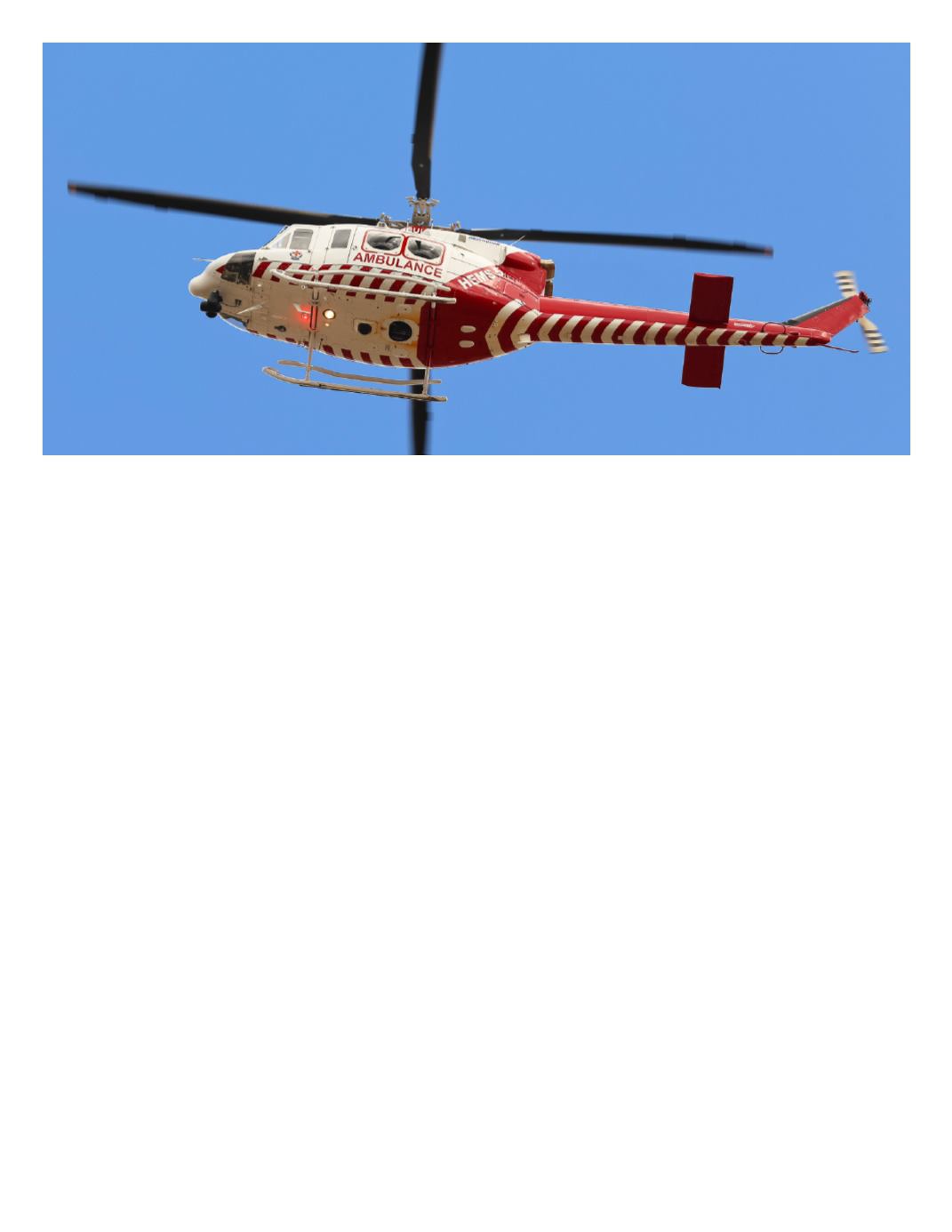
January 2014
| Business World Magazine | 93
for such variances, surveyors review pro-
tocols to ensure the provider is compli-
ant with the respective regulations with-
in their own country. Medical protocols
involving proper patient care, as Frazer
says, “We don’t control that ... the stan-
dard is the standard.” She says providers
may have to undergo more training or ac-
quire more resources to achieve compli-
ance, yet want for this actually involves
more than simply earning accreditation.
As Frazer says, “What’s important is the
end result ... better care for patients.”
There are currently more than 150
accredited medical air transport enterpris-
es throughout the world, but that number
is growing. Frazer says CAMTS is seeing
increased interest inAfrica, Asia and Can-
ada. Compelling that growth may be the
fact that nine states have moved to require
accreditation before contracting with ser-
vice providers. There are other benefits in
terms of mitigating liability risks and in
some instances providers have even used
accreditation as a bargaining tool for ne-
gotiating better insurance rates. For those
in the industry accredited by CAMTS, it
an achievement that not only demonstrates
their adherence to best practices, but it’s
a distinction that defines the best in the
business. As the best means of identifying
the best air medical transport operations,
look to CAMTS to increasingly transition
throughout the industry, and the world.


